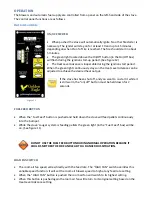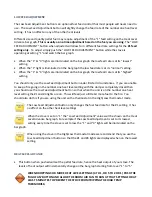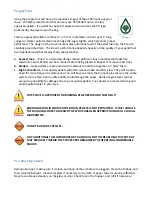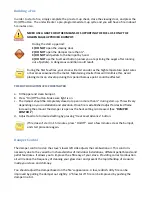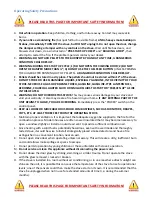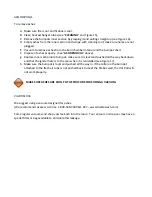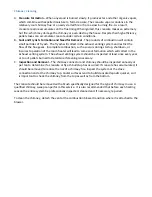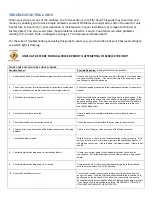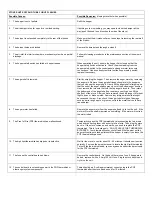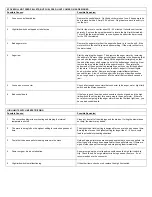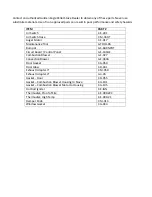
Chimney
Cleaning
A.
Creosote
Formation
–
When
any
wood
is
burned
slowly,
it
produces
tar
and
other
organic
vapors,
which
combine
with
expelled
moisture
to
form
creosote.
The
creosote
vapors
condense
in
the
relatively
cool
chimney
flue
or
a
newly
started
fire
or
from
a
slow
‐
burning
fire.
As
a
result,
creosote
residue
accumulates
on
the
flue
lining.
When
ignited,
this
creosote
makes
an
extremely
hot
fire,
which
may
damage
the
chimney
or
even
destroy
the
house.
Despite
their
high
efficiency,
pellet
stoves
can
accumulate
creosote
under
certain
conditions.
B.
Soot
and
Fly
Ash:
Formation
and
Need
for
Removal
‐
The
products
of
combustion
will
contain
small
particles
of
fly
ash.
The
fly
ash
will
collect
in
the
exhaust
venting
system
and
restrict
the
flow
of
the
flue
gases.
Incomplete
combustion,
such
as
occurs
during
startup,
shutdown,
or
incorrect
operation
of
the
room
heater
will
lead
to
some
soot
formation
which
will
collect
in
the
exhaust
venting
system.
The
exhaust
venting
system
should
be
inspected
at
least
once
every
year
or
ton
of
pellets
burned
to
determine
if
cleaning
is
necessary.
C.
Inspection
and
Removal
–
The
chimney
connector
and
chimney
should
be
inspected
annually
or
per
ton
to
determine
if
a
creosote
or
fly
ash
build
‐
up
has
occurred.
If
creosote
has
accumulated,
it
should
be
removed
to
reduce
the
risk
of
a
chimney
fire.
Inspect
the
system
at
the
stove
connection
and
at
the
chimney
top.
Cooler
surfaces
tend
to
build
creosote
deposits
quicker,
so
it
is
important
to
check
the
chimney
from
the
top
as
well
as
from
the
bottom.
The
creosote
should
be
removed
with
a
brush
specifically
designed
for
the
type
of
chimney
in
use.
A
qualified
chimney
sweep
can
perform
this
service.
It
is
also
recommended
that
before
each
heating
season
the
entire
system
be
professionally
inspected,
cleaned
and,
if
necessary,
repaired.
To
clean
the
chimney,
detach
the
vent
at
the
combustion
blower
transition
where
it
is
attached
to
the
blower.
Содержание MONROE
Страница 34: ...Electrical Diagram ...



